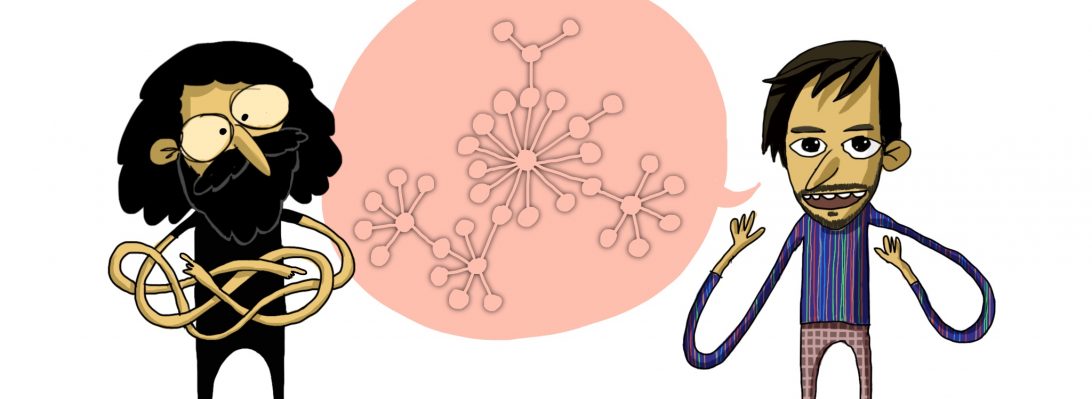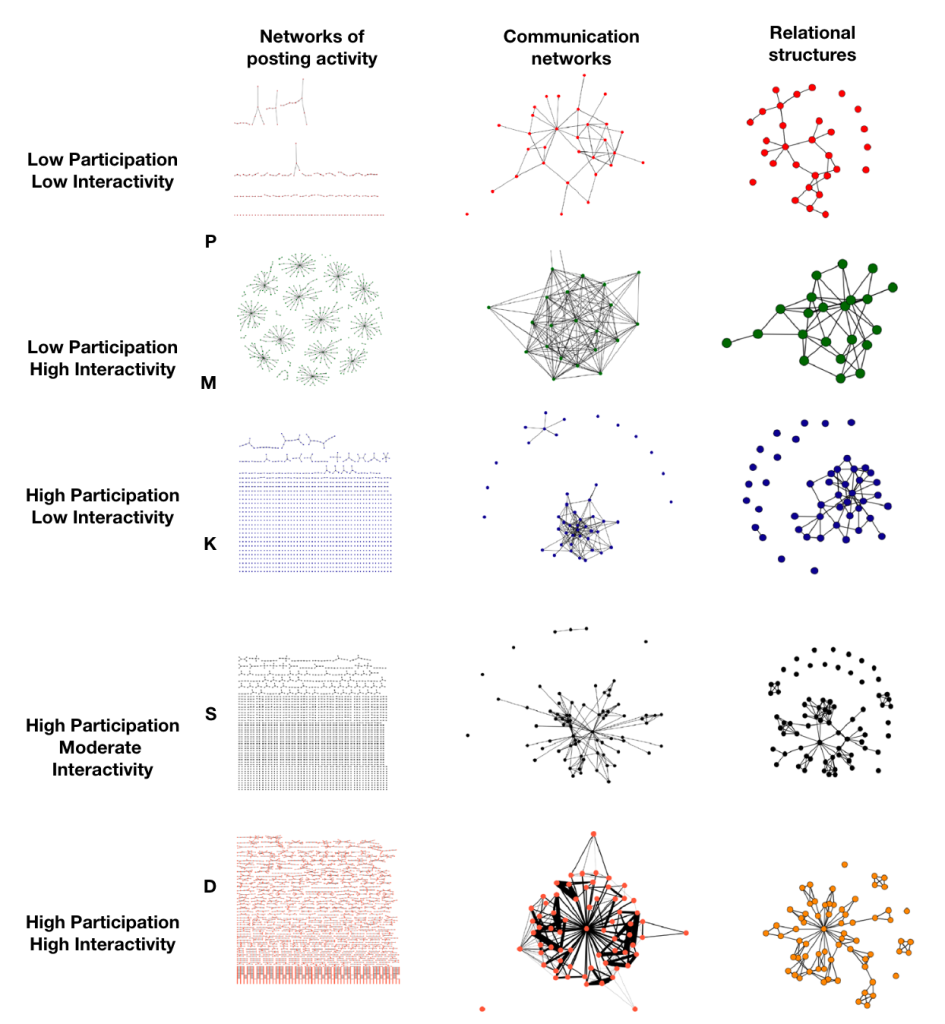We just published a new article in Educational Technology Research and Development: “Forum posts, communication patterns, and relational structures: A multi-level view of discussions in online courses” . This article relies on the approach we previously published using the formalism of Exponential Random Graph Models (ERGMs) to model the formation of relational networks from data of online forums used in university courses. Utilizing these models in the context of bipartite networks before projecting them into a weighted network allows for the creation of null models that assume different mechanisms of forum use. The statistical comparison of these null model projections with the actual network enabled us to assess the significance of global characteristics such as density, the number of communities, or clustering, as well as filter links to obtain sparse relational structures whose structural properties can be compared and grouped by similarity.
Month: June 2023
Collaboration and Performance of Citizen Science Projects Addressing the Sustainable Development Goals
Our paper on measuring collaborations and performance in citizen science projects is out in Citizen Science, Theory and Practice!

This work is the result of the European project Crowd4SDG, where we directed the part on the quality criteria of citizen science. We implemented the measurement of processual criteria based on a perspectivist and deliberative epistemology of citizen science published in the Royal Society Open Science (see this other post). With the help of the CoSo app (that we presented in this post), we monitored interactions within a collaborative ecosystem of citizen science innovation projects, revealing the relational dynamics and their influence on project performance. Our approach, combining digital analyses and self-reports, allowed us to break down interactions into multi-layer social networks, highlighting the importance of social capital and relationship management for the success of initiatives. We identified links between team structures, their communications, and the quality of their projects, emphasizing the impact of engagement and collaboration on producing relevant and innovative outcomes. This approach enriches the evaluation tools in citizen science and offers concrete ways to improve engagement, inclusion, and diversity in these projects.

